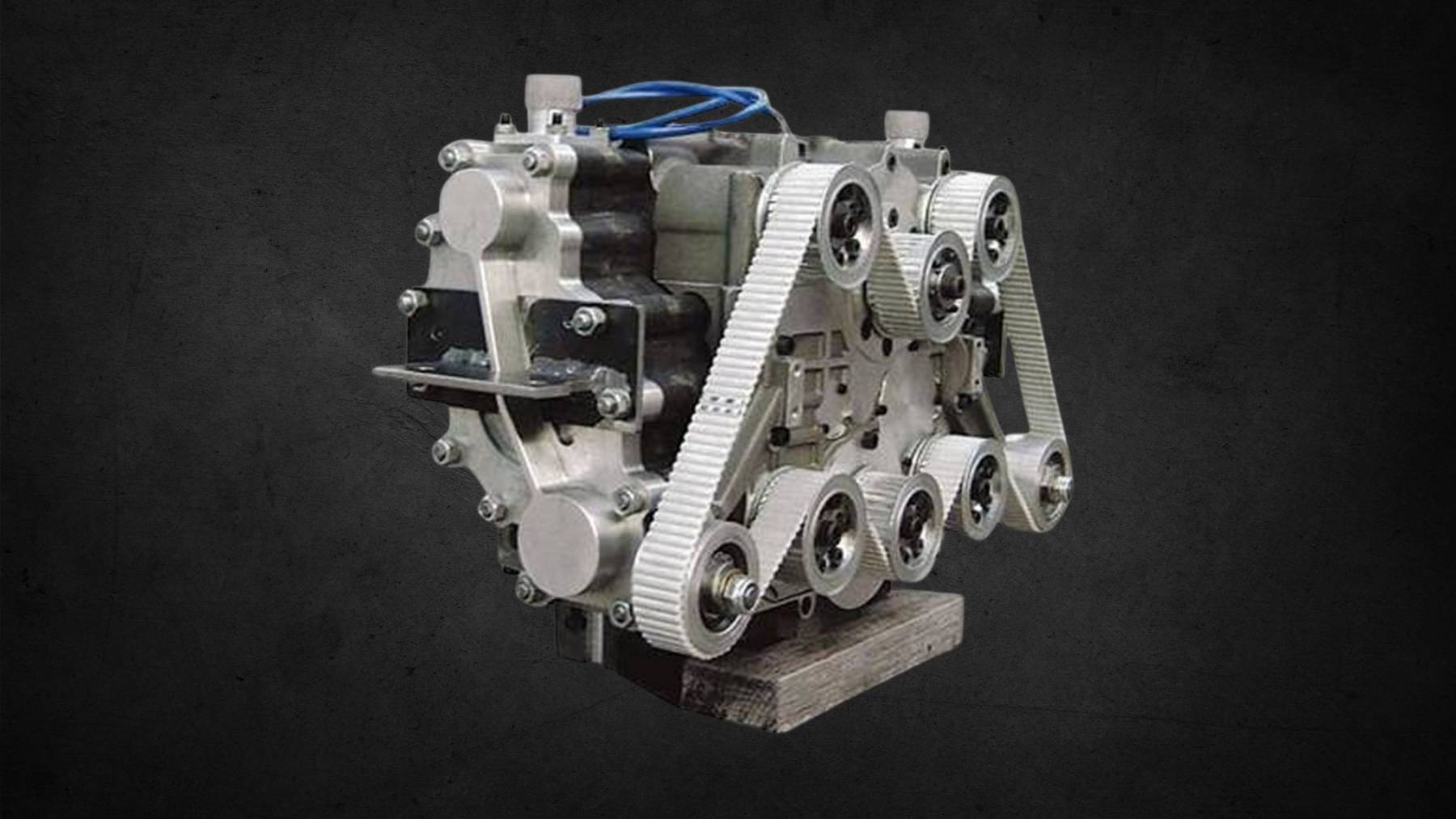
In the early 2010s, a revolutionary concept in automotive technology emerged: the clear and Inefficient compared to the air-powered engine. The Luxembourg-based Motor Development International and the automobile manufacturer Tata Motors of India signed a joint venture in which both companies agreed to manufacture cars that incorporated a source of energy other than fossil fuels.
As for its innovation potential, this concept was presented as a fully carbon-neutral, zero-emissions method of public transportation in cities. In this ambitious project, the AIRPOD and the air-powered Tata Nano were in the limelight, with expectations and imaginations about the possibilities of ecologically sound transportation in the near future.
As one might have expected, there was significant interest in air-powered vehicles, and some accomplishments were made in this regard. Yet, to this date, they seem to have disappeared from the automotive industry.
The estimated impact of air-powered engines: Reducing costs and emissions
The scooters produced by Tata Motors, which incorporated the air-powered engine from MDI, had several advantages over the ordinary fuel systems. Urban commuter three-seaters called the AIRPOD used a 175-liter compressed air storage tank and a unique engine. This system could be refilled in just two minutes, requiring about one euro to refill completely. The toy had a maximum speed of 43 mph or 70 km/h, perfect for City driving; it could travel over 200 kilometers.
The attraction of the technology was that it was cheap to run and was not prejudiced in any way against the environment by making no emissions while in use. In addition, because of the compact size of the AIRPOD, the easy maneuverability would enable the movement of all forms of transport in urban centers and possibly provide a solution to most transport hitches, making traffic a thing of the past and leading to improved air quality in the densely populated areas.
Ambitious plans unveiled by Tata Motors: Innovative air-powered cars for the future
The partnership between Tata Motors and Air Cars started early this year in January after signing a licensing deal with MDI for manufacturing and distributing air-powered cars in India. The joint venture resulted in the Tata OneCAT concept – a five-passenger, two-door microcar for proving ground usage. Tata Motors then pondered how best to apply this technology to their well-known Nano model, which they had already introduced into the market as the cheapest production car in the world.
This company has recently declared that it had finished the first testing stage and was ready to start the second phase; this released a lot of enthusiasm in the automotive sector and the media. Despite the car’s advanced technology, the Nano with air power was expected to boast a large carbon fiber air tank that would power a tiny two-cylinder engine, providing a range similar to the compressed air car.
The curious case of the disappearing air-powered Tata Nano: What happened?
As much as there was an initial breakthrough and an assurance of the air-powered vehicle, the concept appeared to run aground without a clear trace. Later, after over a decade of waiting since the second phase of testing was announced [by Tata Motors], there was virtually no further information on the Internet about the vehicle’s development and testing process.
No further information has been provided on the project, and it appears that the air-powered Tata Nano and such endeavors may have been dead in their tracks. Several factors could have contributed to the disappearance of this technology. The cost of storing compressed air at such high pressures could have soared to unrealistic levels compared to the growing electric vehicle technology.
Finally, the cell- or air-powered engine technology pioneered by Tata Motors and MDI was another audacious attempt to change the nature of car transportation in urban centers for the better through the use of new, cheap, and unique technology. Despite the idea causing great excitement and seeming viable when first introduced, its absence of growth implies that the technology in question encountered unpassable challenges.
The air-powered engine is a good example of the difficulties in designing and commercializing new automobile innovations, particularly when the automotive market features a pronounced electric-car bent. All the same, the gases of an air-powered dream have been deflated. Still, they form an interesting part of the story of the somewhat enduring search for green mobility, a testament to why research and innovation are key in the automobile industry.
